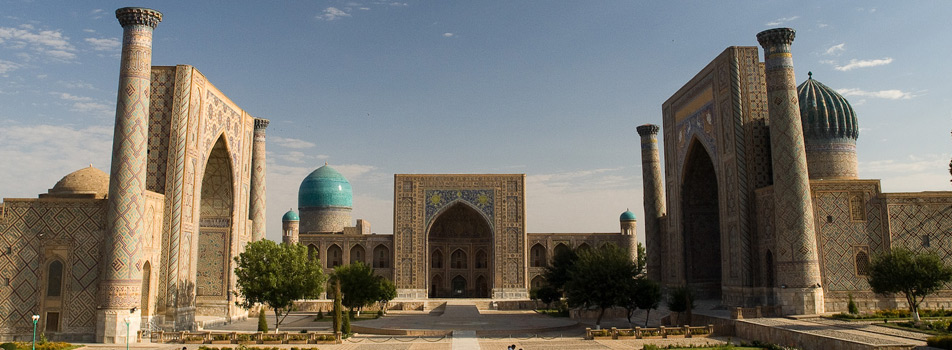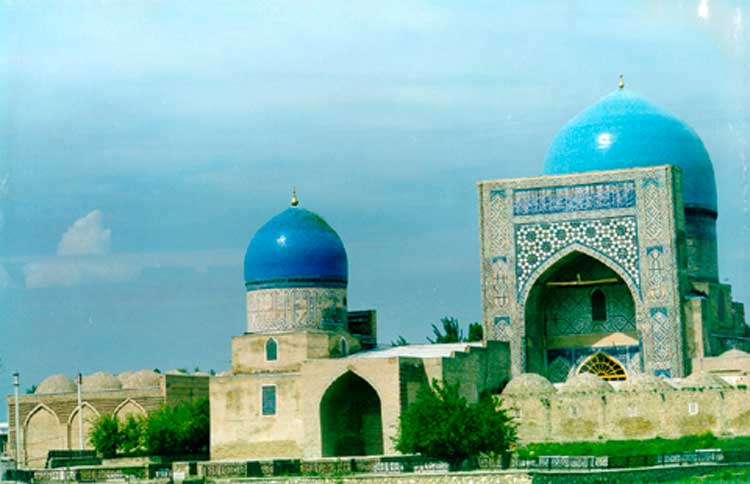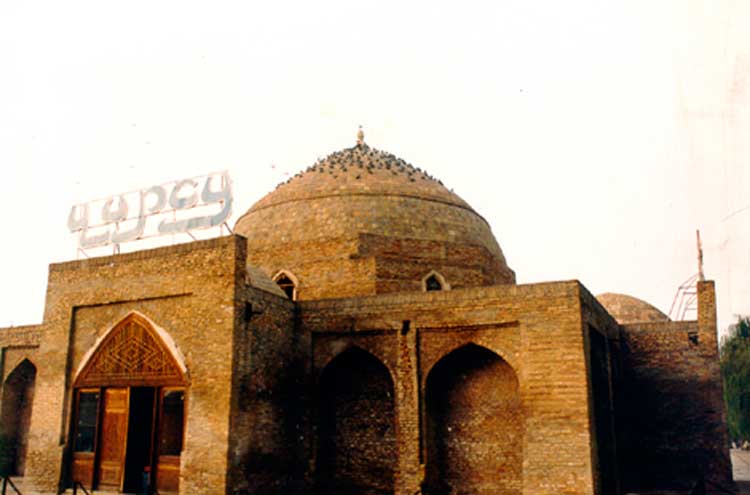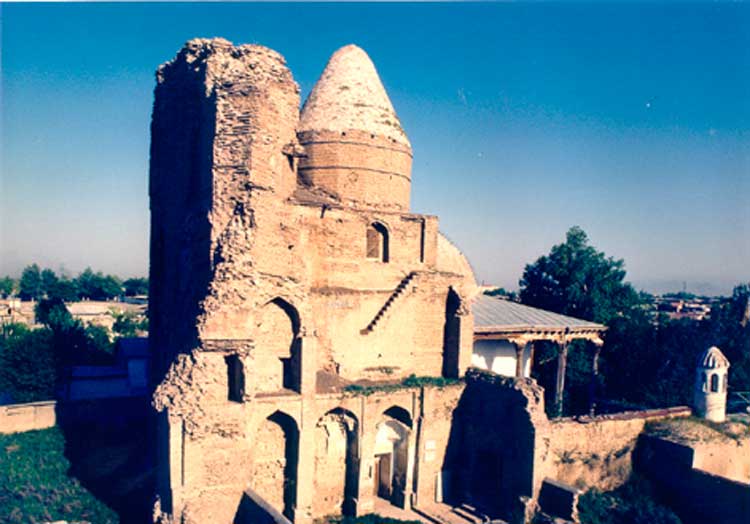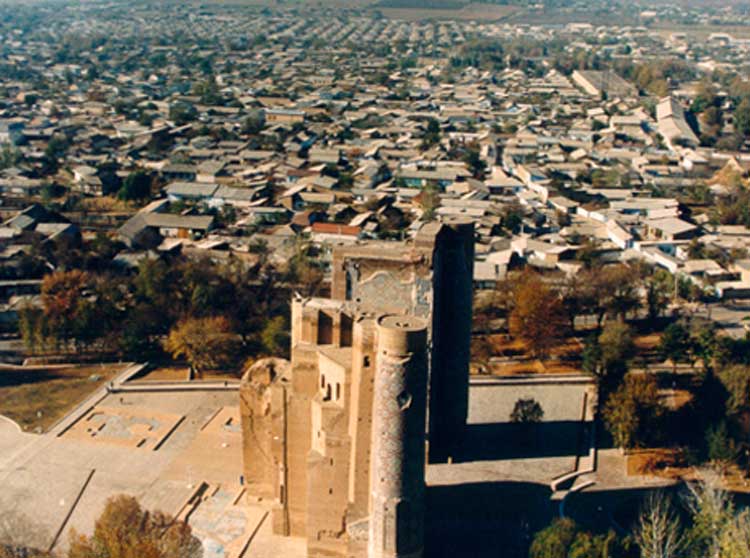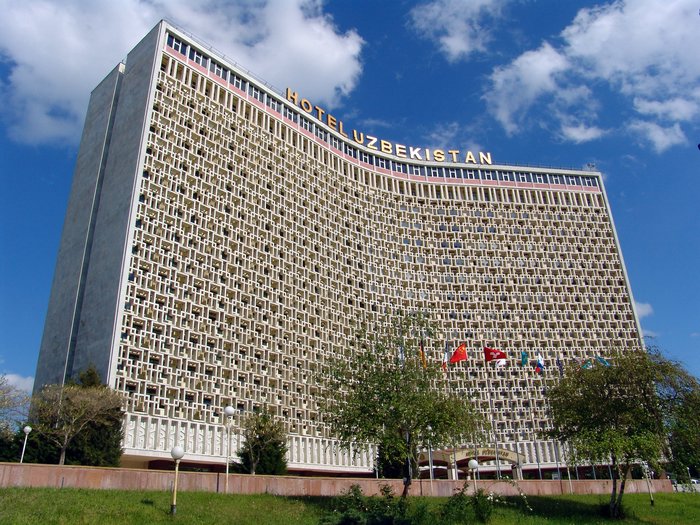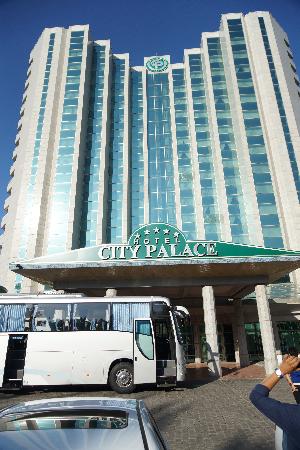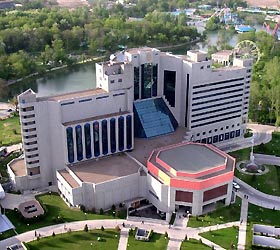Formerly known as Kesh (i.e., "heart-pleasing") and tentatively identified with the ancient Nautaca, Shahrisabz is one of Central Asia’s most ancient cities. It was founded more than 2700 years ago. its name was officially changed to Shahrisabz in the modern era.
From the 6th to 4th centuries BC it was a part of Akhemenid empire.
Alexander the Great's general Ptolemy captured the satrap of Bactria and pretender to the Persian throne, Bessus, at Nautaca thus ending the once great Achaemenid Empire. Alexander the Great chose to spend his winters and met his wife Roxanna in the area in 328-327 BC.
From 4th to 8th century Kesh was one of urban centers of Sogdiana.
Between 567 and 658 rulers of Kesh paid taxes to caghans of Turkic and Western Turkic caghanates.
In 710 city was conqured by Arabs.
Shahrisabz was the birthplace of Timur on April 9, 1336, to the family of a minor local chief, and during the early years of the Timurid Dynasty, enjoyed its considerable patronage. Timur regarded Shahrisabz as his “home town” and planned it eventually to be the location of his tomb. However, during the Timurid period, the center of activity shifted to Samarkand instead.
According to legend, The Khan of Bukhara, Abdullah Khan II had the city destroyed in a fit of rage over the death of his favorite horse from exhaustion on a steep approach the city, but was later overcome with remorse for the damage he had done.
The city struggled for autonomy under Bukharan rule. The Russians helped Bukharan emir to conquere the city in 1870.



